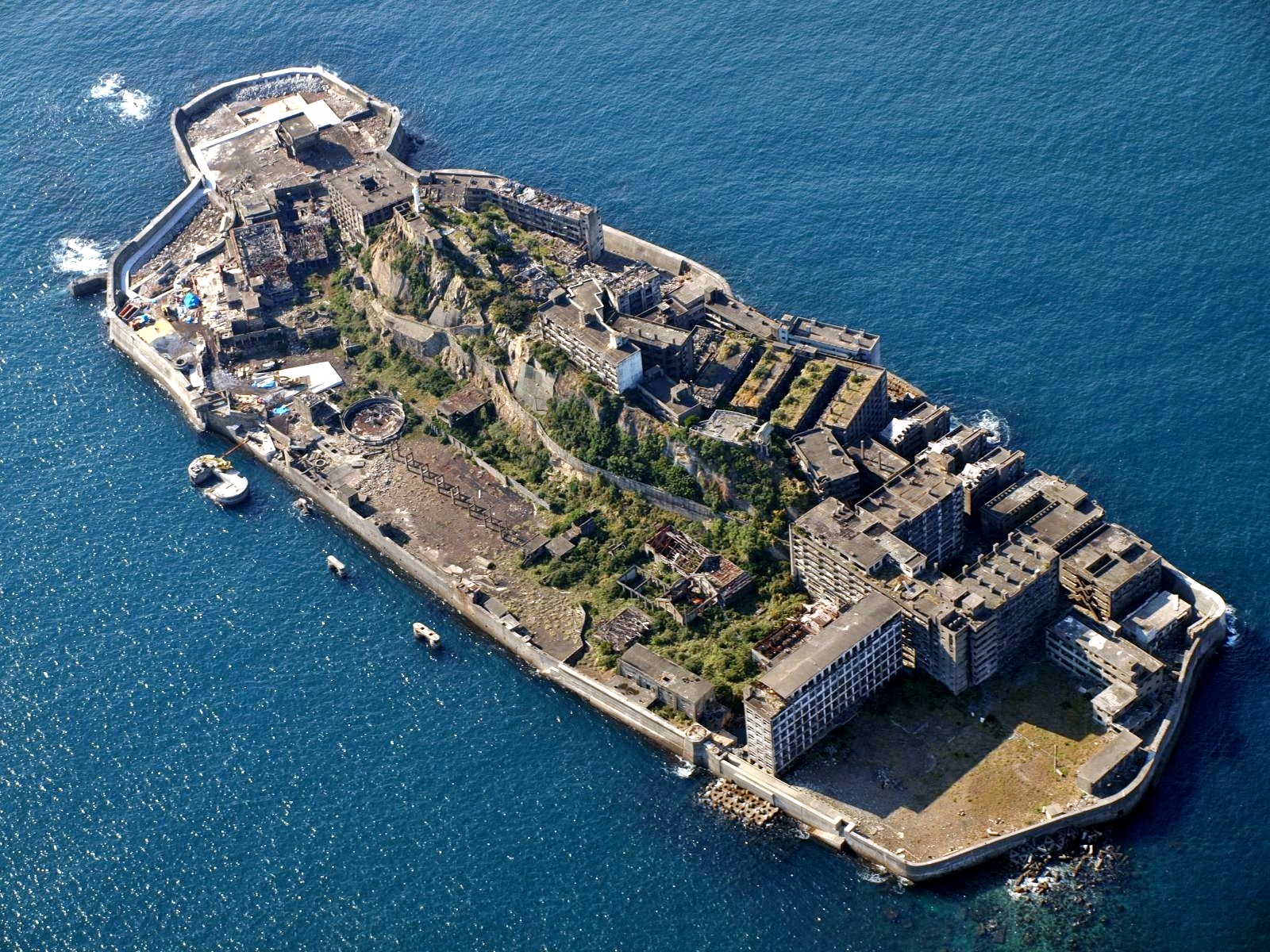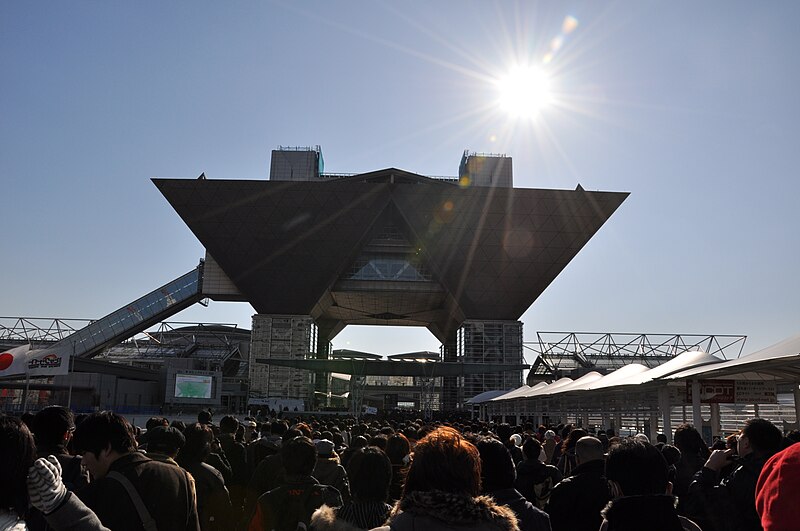Now you have American figures that show up in foreign commercials, that tends to happen a lot. But what about the opposite? Is it possible that a foreign figure/icon might show up in an American commercial?
It's certainly happened before, but what if the person that shows up isn't technically a person? More of a persona/icon instead?
This again is where Hatsune Miku makes another appearance. This time heading over as Toyota's sponsor for a 2011 brand of their car. While this does happen to sync up with an event in the same year, it's still amazing that Americans would even see that commercial, let alone understand what it was.
The instance of a western figure spreading out to foreign areas was always common, but the opposite wasn't always true. I'm thinking this commercial (and many more in the future, perhaps) will show the world that global cultural exchange is NOT one-sided. It's global for a reason!
 |
| I'd have second thoughts buying a car like this, but I think I get the gist of it. |










